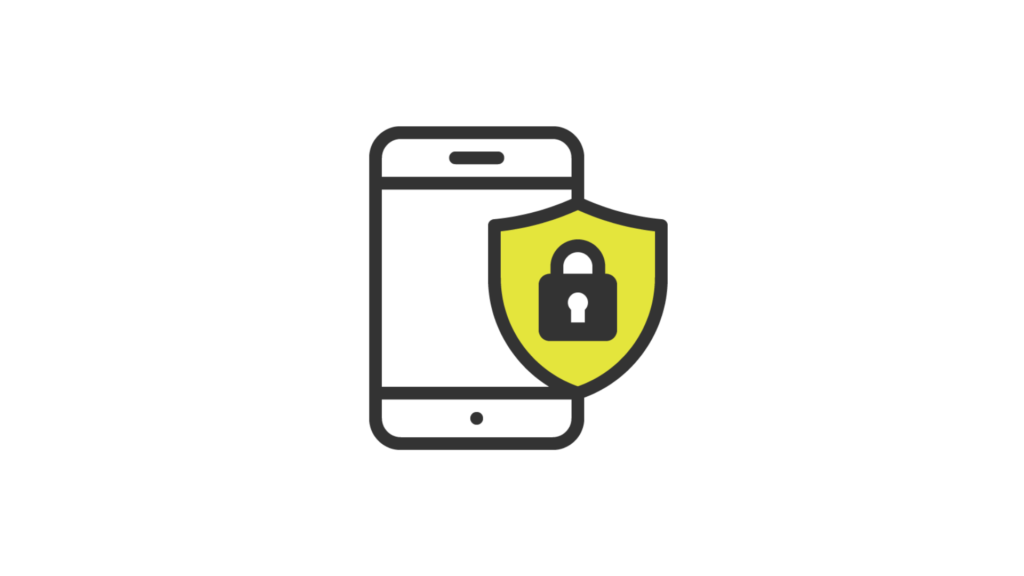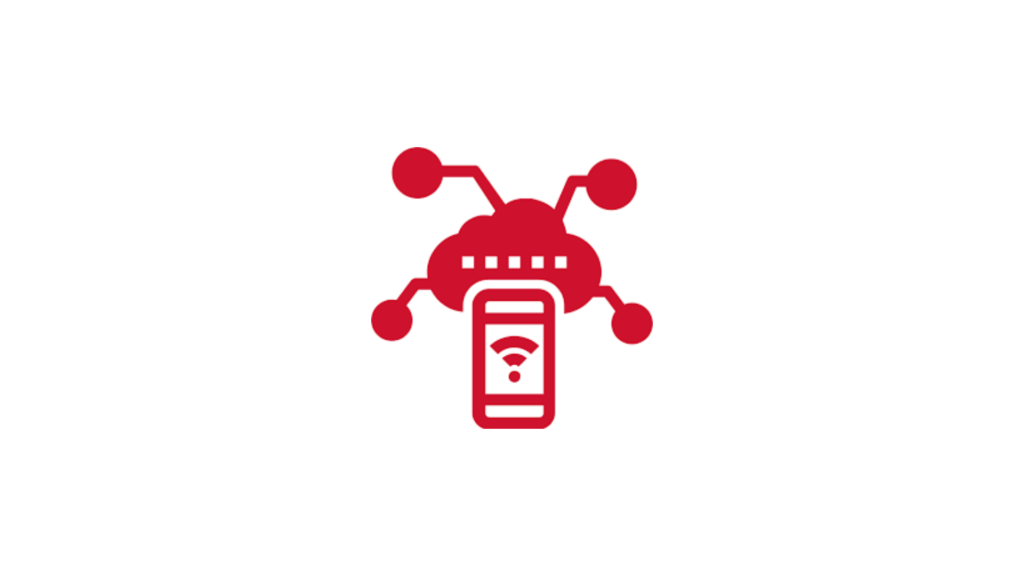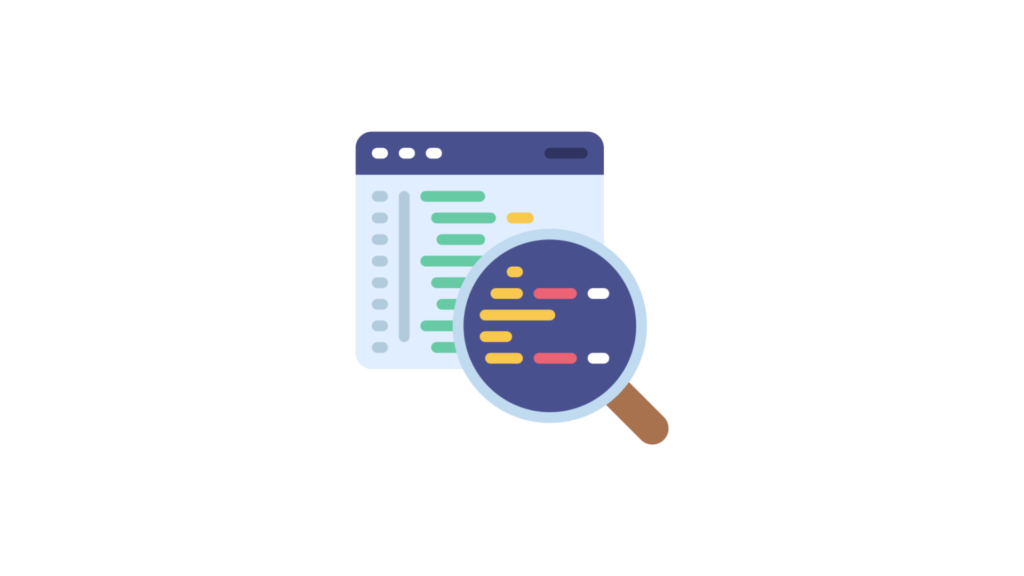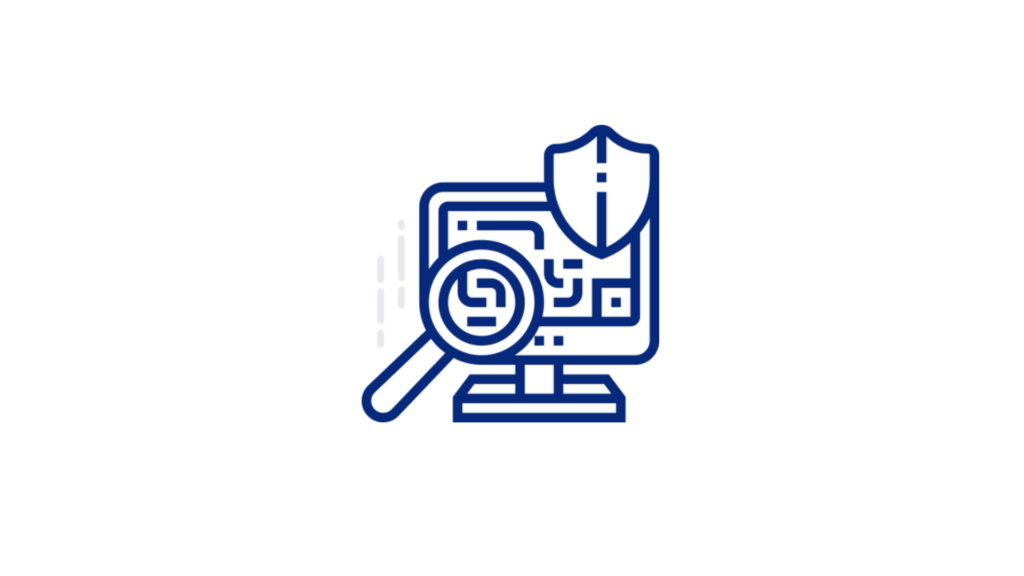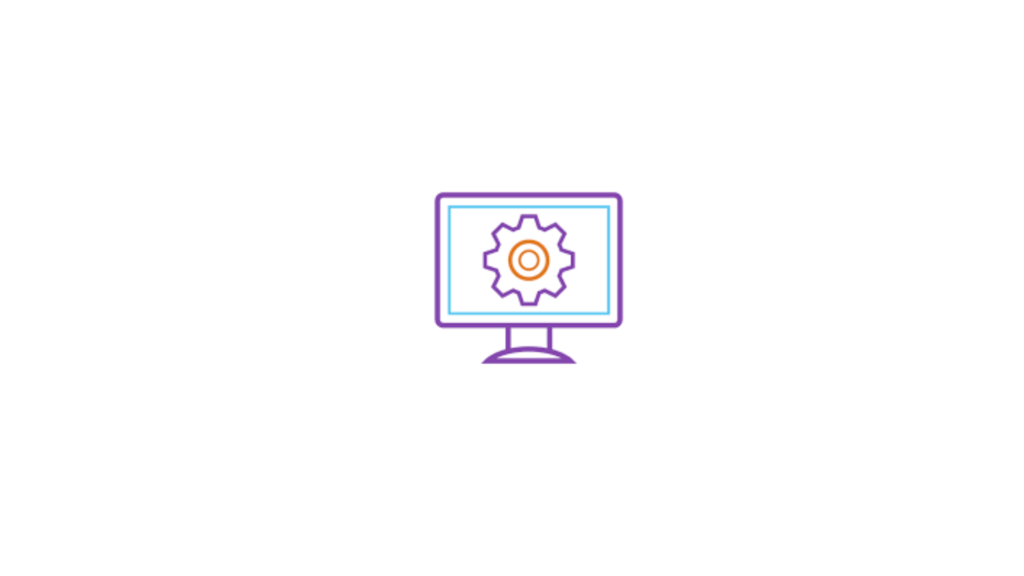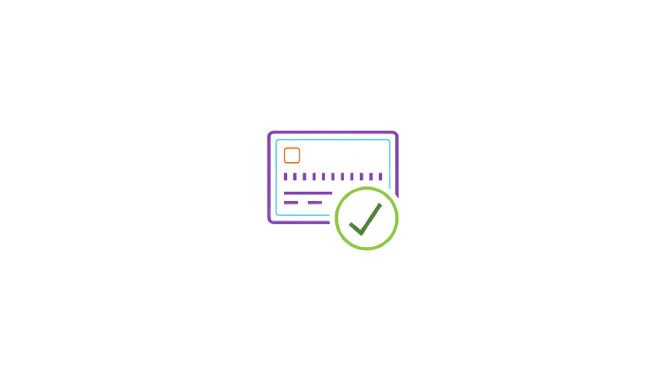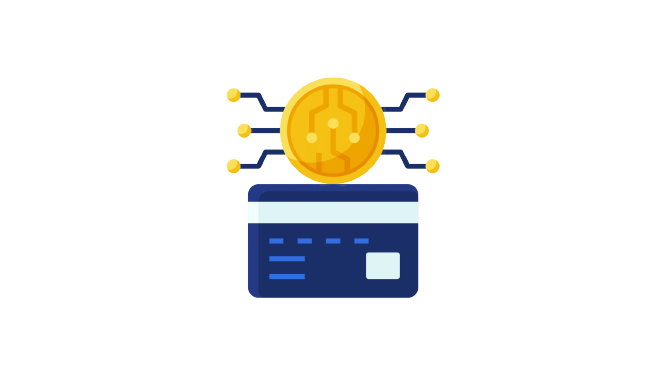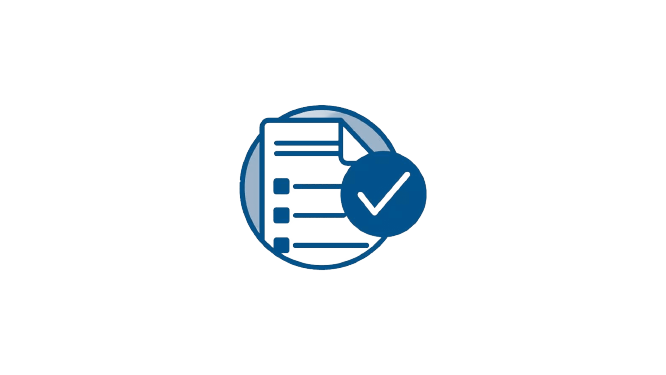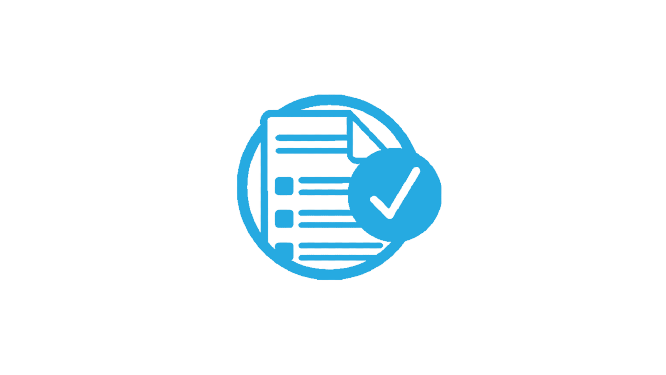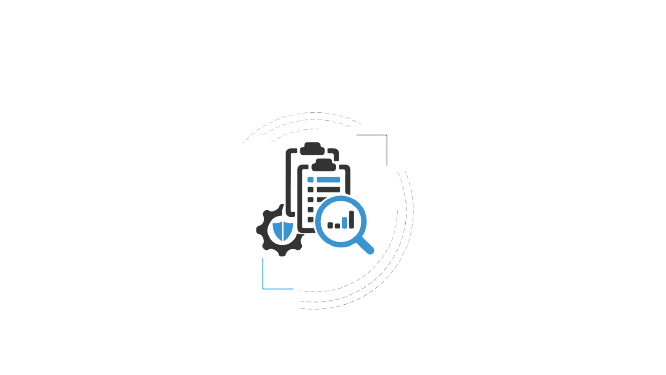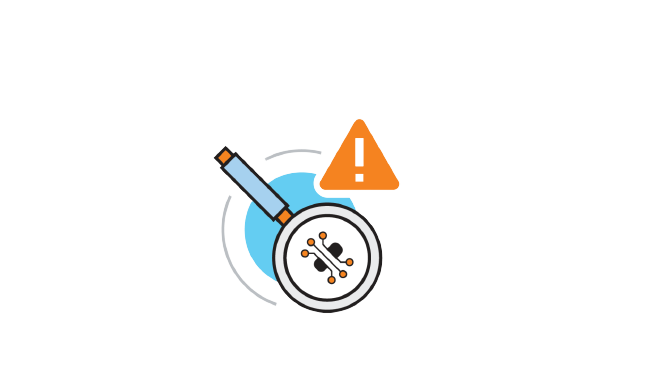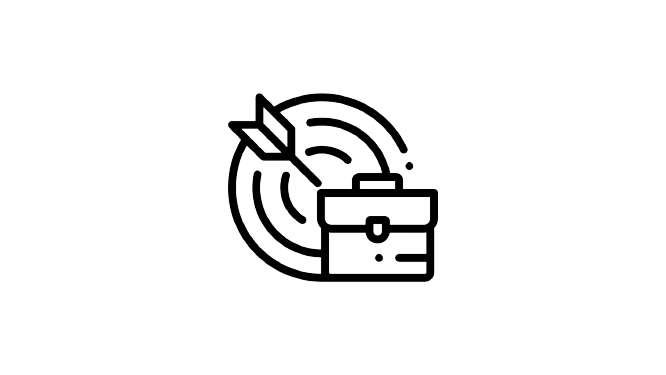What is Threat Modeling?
Threat Modeling Designing for Security
Our team of experts understands that security should not be an afterthought but an integral part of the development process. We identify potential attack vectors early in the design phase through threat- modeling, ensuring that your application or system is inherently secure. This approach saves your time and resources and provides peace of mind, knowing that your technology is built to withstand cyber threats.
VULNERABILITIES
Web Application Vulnerabilities
Quint’s web application penetration testing service is designed to evaluate the security of both internally developed proprietary web applications and those sourced from third-party vendors.
Our comprehensive testing methodology includes assessing applications for vulnerabilities outlined in the OWASP Top 10, SANS25, OSSTMM, and so on which represents the most critical application security risks. Our expert web application security testing team will diligently identify vulnerabilities, including but not limited to:
- Injection flaws
- Authentication weaknesses
- Poor session management
- Broken access controls
- Security misconfigurations
- Database interaction errors
- Input validation problems
- Flaws in application logic
METHODOLOGY
Our Approach to Threat Modeling
- 01. System Understanding
- 02. Threat Identification
- 03. Risk Assessment
- 04. Security Controls
- 05. Reporting and Recommendations
Gain a comprehensive understanding of the application or system, including its architecture, components, data flows, and functionality.
Identify potential threats and attack vectors that could exploit vulnerabilities within the system.
Assess the impact and likelihood of each identified threat to prioritize mitigation efforts.
Recommend and implement appropriate security controls and countermeasures to mitigate identified threats.
Provide a detailed report outlining identified threats, their potential impact, and recommendations for mitigating risks. Our experts will guide you through the implementation of recommended security measures.

The Qunit Threat Modeling Framework
At Qunit, we’ve developed our own threat-modeling framework, advanced to address the unique security needs of your organization.
Our framework begins with a comprehensive assessment of your technology stack. We analyze every component, from the application’s code to the infrastructure it runs on. This in-depth review allows us to identify vulnerabilities that may go unnoticed through traditional security assessments.
Next, we categorize and prioritize the identified threats based on their potential impact and likelihood. This step ensures that we focus on mitigating the most critical risks first, providing you with a clear roadmap for action.
Once the threats are identified and prioritized, our team collaborates with you to develop
Customized security controls and recommendations. We not only identify the issues but also provide effective solutions. These recommendations are practical, actionable, and designed to strengthen your overall security posture.
In today’s digital age, the importance of threat-modeling, designing for security, and employing a robust threat modeling framework cannot be overstated. By partnering with Qunit, you are taking a successive step toward safeguarding your applications and systems from potential threats.
Keep in mind that security requires continuous dedication, not just a one-time endeavor. Qunit’s expert team will guide you through the complex world of threat- modeling and help you build a resilient, secure technology ecosystem.
Don’t wait for threats to strike; be prepared with Qunit’s threat modeling expertise. Contact us today and start the journey to fortify your security defenses.
Benefits

Risk Identification

Proactive Security

Prioritized Mitigation

Secure Design

Compliance Assurance
Process
Process For Web App Pen Testing
A web application penetration test follows a cyclic process, continually iterating until all vulnerabilities are identified and addressed. It involves replicating attacker techniques, focusing on the web application environment and setup. The process includes scoping, information gathering, network mapping, threat modeling, attack execution, and reporting. The testing concludes with a customized report that highlights vulnerabilities by severity and ease of exploitation, along with prioritized guidance for remediation.
Request a threat modeling quote
Expertise
Our Security Qualifications
Our team of ethical hackers and penetration testing service experts possess the skills and experience to identify the latest threats.

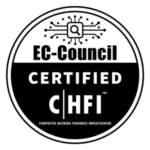





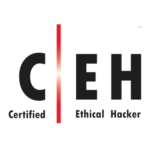


INDUSTRY-RECOGNIZED CERTIFICATE
Earn Customer Trust with a Unique and Verified Security Certificate
Boost your application’s security and showcase your commitment to safety. Our expert engineers will verify your fixes, providing you with a distinctive and publicly verifiable security certificate tailored specifically to your product.

Get a quick quote
Frequently Asked Questions (FAQ) - Threat Modeling
Threat modeling is a systematic approach to identifying potential threats and vulnerabilities in an application or system to prioritize security controls and mitigate risks.
Threat modeling helps organizations proactively identify and address security risks, ensuring that appropriate security measures are implemented to protect against potential threats.
Threat modeling should ideally be performed early in the development process, but it can also be conducted during system updates or when significant changes are made to the application or system.
Threat modeling typically involves collaboration between security professionals, developers, architects, and other relevant stakeholders.
Yes, threat modeling assists in aligning security measures with industry regulations and standards, demonstrating compliance with data protection and privacy requirements.
A threat modeling report should provide a detailed analysis of identified threats, their potential impact, and recommendations for mitigating risks, helping you prioritize security measures.


